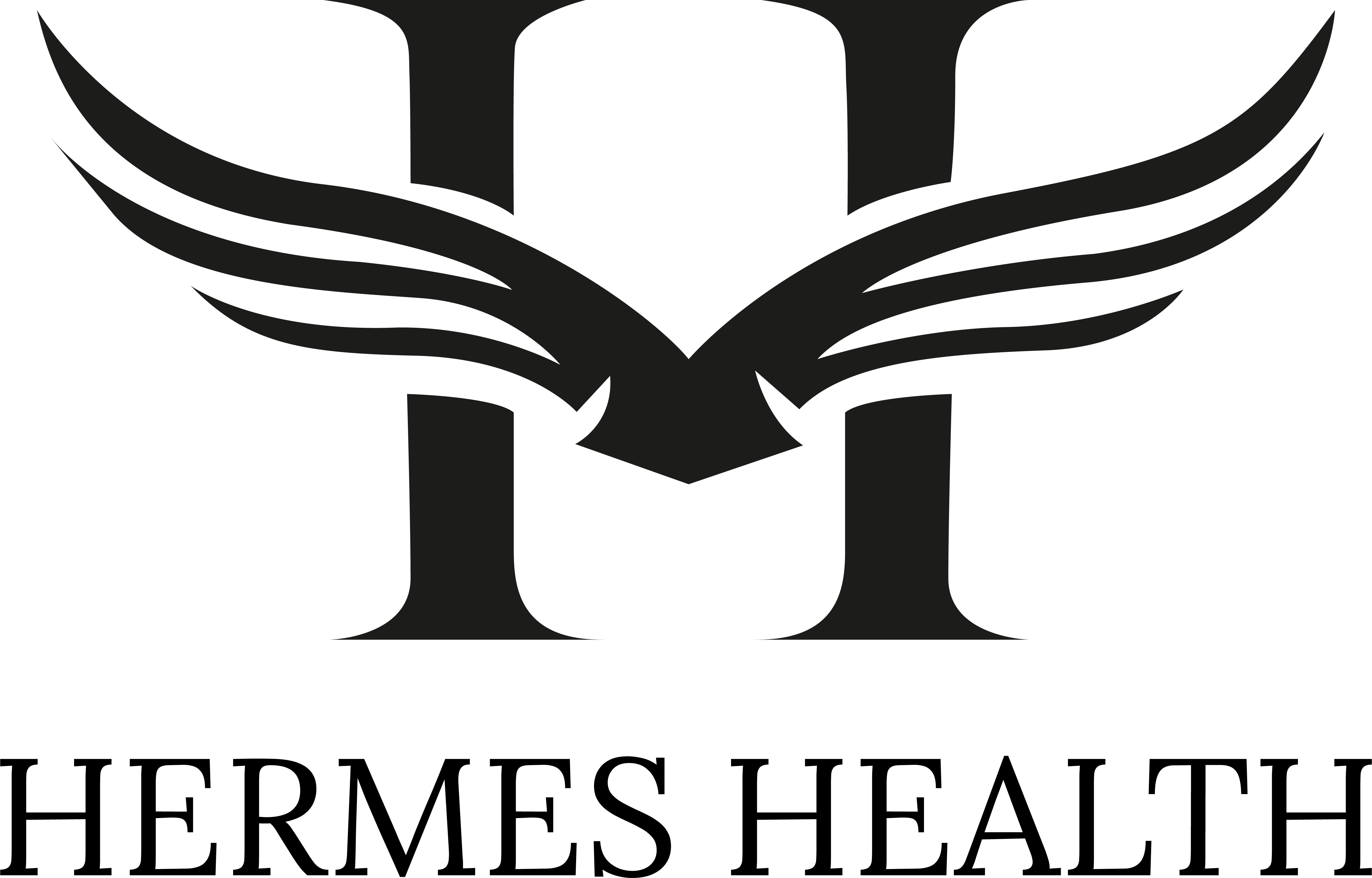Who performs brow lift surgery?
Rhytidectomy is performed by a plastic surgeon.
What happens during facelift surgery?
There are many kinds of facelift surgeries depending on your facial and neck restoration goals. Types of rhytidectomy include:
- Traditional Facelift: involves incisions around the ears, hairline, and below the The surgeon separates the skin from underlying tissues to tighten muscles ad other supporting structures of the face and neck. Excess fat may also be removed. Skin is then repositioned over the face in a natural way with any excess skin removed.
Traditional facelift is typically recommended for patients desiring optimal improvement of moderate to significant signs of facial aging.
- SMAS Rhytidectomy: focusing on the muscular layer of the face, this variation of a traditional facelift tightens the muscles and trims excess skin and/or fat in the cheeks and lower part of the This versatile approach ranges from simple tightening to more extensive repositioning.
- Deep Plane Facelift: involves lifting and repositioning the skin, fat and muscle layers of the face as a single This advanced technique method generally addresses multiple areas of the face at the same time and avoids the ‘pulled’ appearance of older facelift methods.
- Mid-Facelift: focusing on the cheek area of the face, this variation repositions cheek fat and tightens skin in the cheek area
- Mini-Facelift: ideal for younger patients with early signs of aging, this less invasive variation uses shorter incisions to lift the lower face and neck
- Cutaneous (skin) Facelift: involves the skin only with focus on the neck and lower
- Male Facelift: employs specialized techniques that respect masculine facial features (thicker skin, distinct hairline) while addressing signs of aging.
For most facelifts, the procedure is performed under general anesthesia. Depending on the type of rhytidectomy, the number, location, and size of incisions will vary. Facelift surgery typically takes three to six hours but this can vary depending on individual treatment goals and if the procedure is combined with others. Recovery time is also dependent on surgery scope. Bandages are positioned around the face to help minimize bruising and swelling. The provider may also insert a small, temporary tube along the incision site to drain excess blood or fluid. Bruising and swelling are expected to last for several weeks after the procedure with final results slowly becoming apparent about six months following surgery.
Can rhytidectomy be combined with other facial procedures?
Yes, patients who undergo a facelift procedure often have other treatments at the time. Rhytidectomy is generally considered a restorative cosmetic surgery and cannot fundamentally change your appearance or stop the aging process. In patients whose overall treatment goals involve aesthetic improvements, rhytidectomy is commonly combined with other facial procedures including eyelid surgery, rhinoplasty, brow lift, laser resurfacing, and/or filler application. This can be discussed during your consultation.

